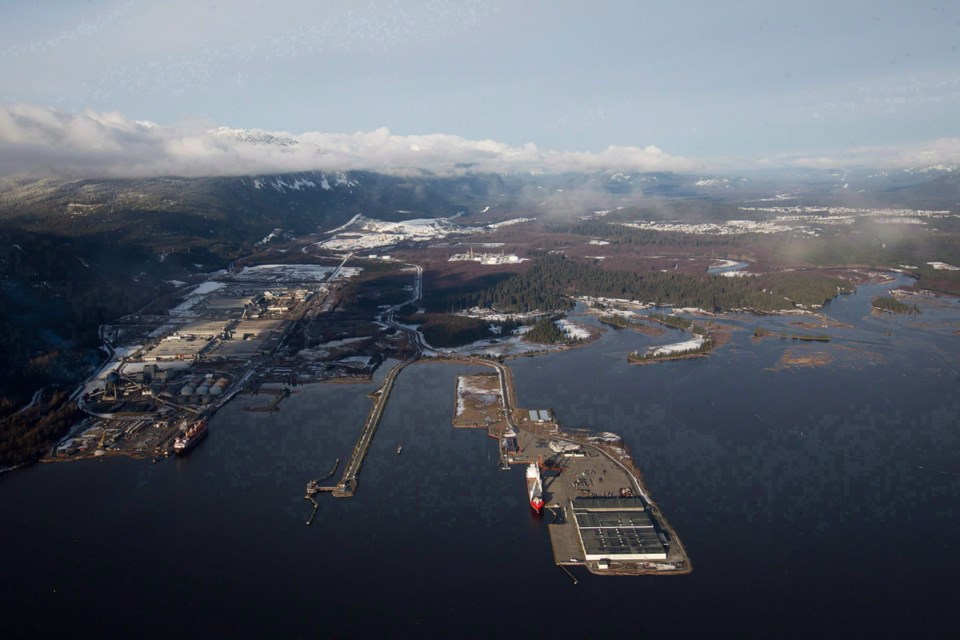 The technical green light given Thursday to the Northern Gateway pipeline sets the stage for the biggest B.C. political decision of the 21st century to date.
The technical green light given Thursday to the Northern Gateway pipeline sets the stage for the biggest B.C. political decision of the 21st century to date.
Will Prime Minister Stephen Harper’s cabinet accept the joint review panel report and approve Enbridge’s $8-billion project?
The federal government believes moving Alberta crude oil to the coast is a national imperative. Following through on that would set off a cascading series of events that will define an important part of B.C.’s future.
There’s a clear sense now that this issue will make history.
One of the numerous considerations is how the review panel’s 209 conditions for approval mesh with the B.C. government’s position.
Environment Minister Mary Polak responded Thursday by reciting the five conditions the B.C. Liberals laid down last year for provincial approval of any pipeline.
Those are: world-class safety standards (land and sea), regulatory environmental approval, First Nations engagement and a “fair share” of revenue to B.C. for risk incurred.
But more to the point is how the newly issued conditions line up with the official B.C. submission to the review panel.
Because for all the vagueness in the original five conditions (what’s “world class”? What’s “fair”?), B.C. lined up solidly against the pipeline in its May final presentation.
B.C. scored the company for its lack of evidence and research. It emphatically rejected the “trust us” reassurances. It highlighted the potential for disaster if a spill of diluted bitumen were to occur in remote, inaccessible canyons.
And it reminded the panel of Enbridge’s catastrophic falldown on the 2010 Kalamazoo spill, where human errors overrode all safety systems.
“The challenges posed by the route, the nature of the product, the conceptual nature of the plans and Enbridge’s track record mean that the province is not able to support the project at this time.”
But B.C. left itself an important out.
The brief noted: “Should the Joint Review Panel recommend approval, the JRP must impose clear, measurable and enforceable conditions that require Northern Gateway to live up to the commitments it has made in this proceeding.”
So one of the next steps in B.C. is to read the conditions line by line, compare them to all the concerns raised in the government’s submission, then decide whether they alleviate the worries.
That work starts as the clock ticks on the six-month deadline before the federal cabinet must decide. And the intensity will be turned up.
Opponents will step up the fight against the line. First Nations will reassert their various stands, although most of them were rejected by the panel. It found no significant adverse effect on aboriginal people’s use of resources, or on the interests of aboriginal groups.
And work will begin on assessing the next project in line, expansion of Kinder Morgan’s Trans Mountain line to Vancouver.
The central conclusion on Thursday from the panel was that “Canada and Canadians would be better off with the [pipeline] than without it.”
The B.C. NDP rejected that conclusion. Green MLA Andrew Weaver said that could hold for just five years, but then the country would be left behind.
That’s just the start of a debate that will rage for months.
At one point the panel stated: “We encourage further dialogue.”
That’s one thing it doesn’t have to worry about.



